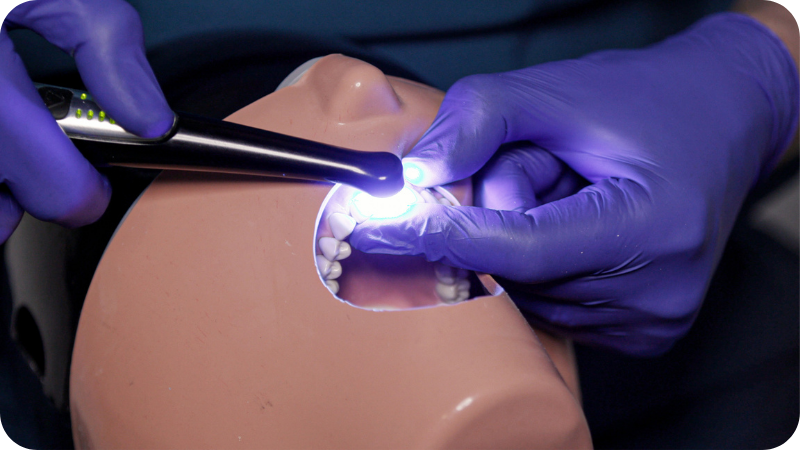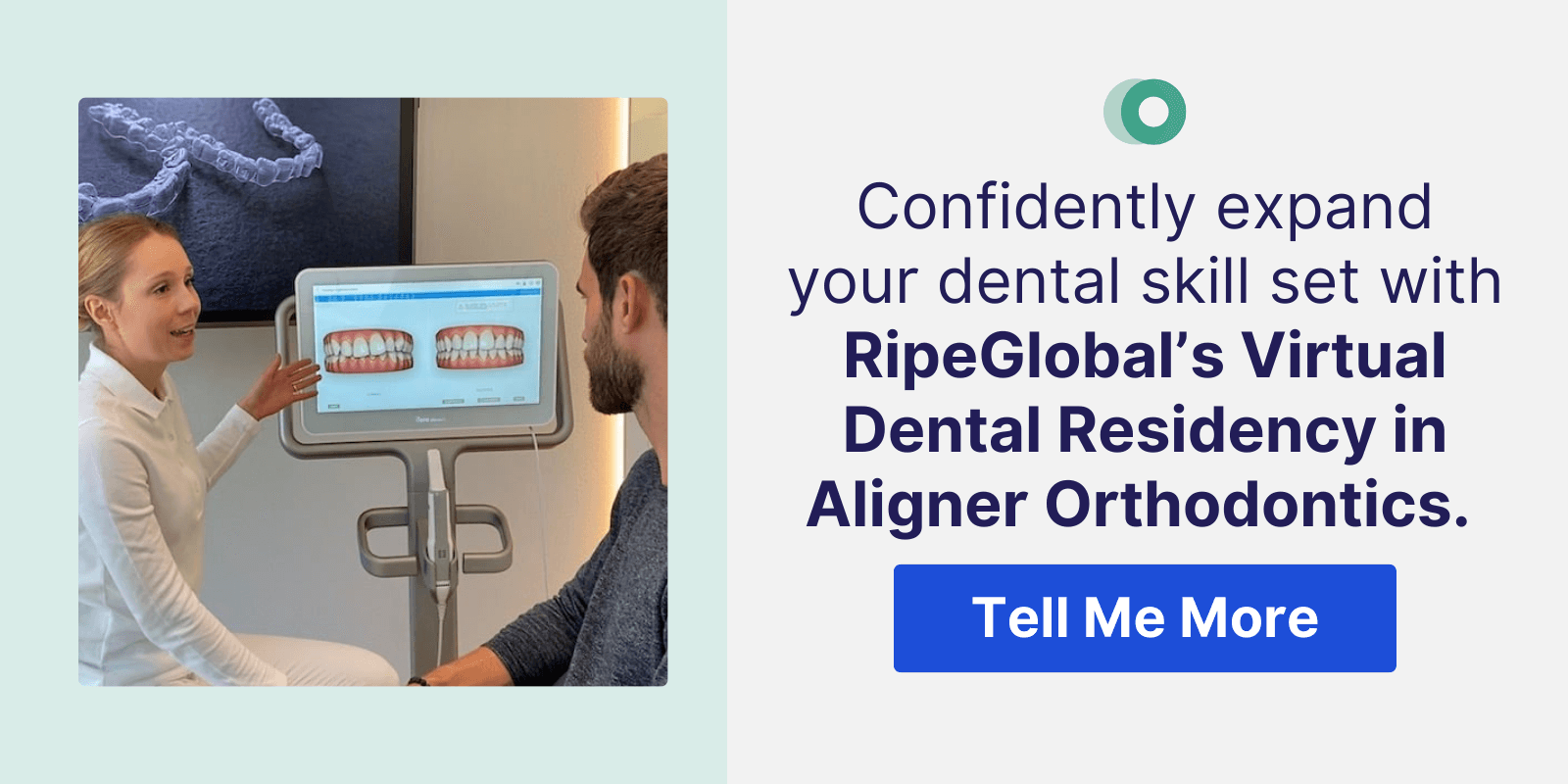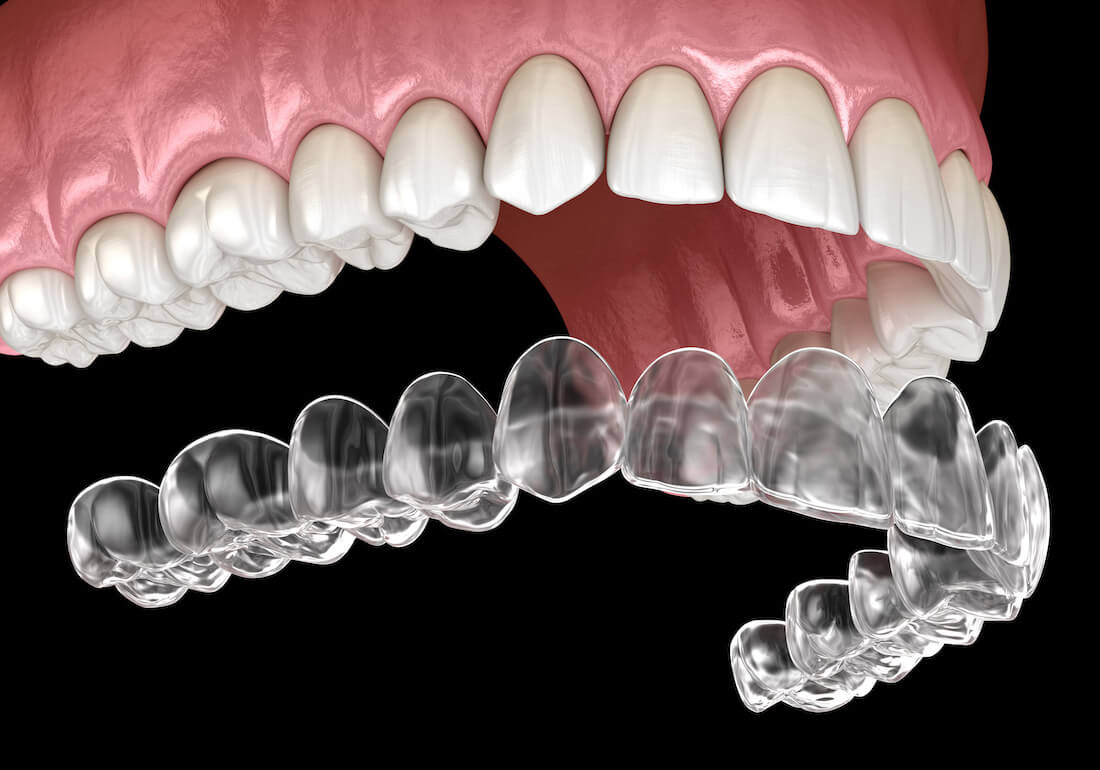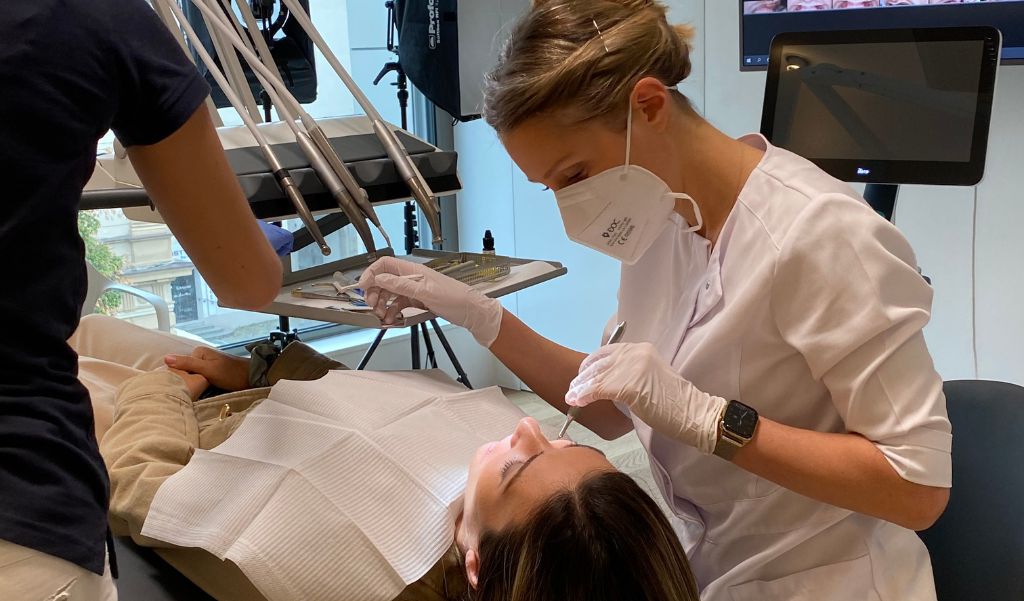As a dentist or dental student, you know that every mouth is different. When it comes to orthodontic treatments, you need the right plan that will offer the highest chance of success. Below, we’ll discuss how to create orthodontic treatment plans and how dental continuing education courses can broaden your skill set so you can offer more options.
Orthodontic Treatment Types
Treatment plans start with identifying the best options for your patient. Factors such as age, health complications, previous dental history, and a patient’s personal goal for oral health will impact the treatment plans you’ll create. The main orthodontic treatment areas as determined by the American Association of Orthodontics (AAO) include:
- Braces
- Aligners
- Retainers
- Archwires
- Elastics
- Mouthguards
- Orthodontic surgery
Treatment options may include one or more of the treatment areas, so it’s important to master skills such as surgery skills, affixing brackets, using digital dentistry techniques to measure for and create clear aligners, and more.
There may be some orthodontic treatment options that match a patient’s needs more than others. For example, while traditional braces will help to straighten a patient’s smile, clear aligners may be preferred if that patient is an adult. However, you may also need to consider the patient’s budget and be upfront with the costs of different options.
Orthodontic Treatment Planning Tips
When creating a comprehensive treatment plan, remember that your patient must be at the center of everything you do. Here are three tips to keep in mind:
1. Work With Your Patient To Identify Their Goal
During an initial exam, make sure you talk to your patient about what they envision for their smile and oral health. Keep in mind, their goals may change as you explain what can be accomplished and how. Document their goals so that you can track progress and ensure that all future treatment plans align with the patient’s wishes.
2. Give Your Honest, Professional Opinion
Invite your patient to ask questions, but also don’t be afraid to share your ideas as a professional. If you think that a retainer is not a sufficient solution, be prepared to explain why, and have alternative options at the ready.
3. Provide Upfront and Honest Communication
When developing an orthodontic treatment plan, you’ll need to explain the benefits and the risks while going over the steps for the procedure or processes within your plan. Your honest communication can help your patient make the best decisions for them.
Orthodontic Treatment Planning Supported by Dental CE Courses
Treatment planning can get complicated — especially if you’re doing it right. That’s why you should consider dental CE courses for treatment planning expertise. The best online dental education options provide hands-on simulated learning and coaching (with technique demonstrations) from world-class dentists — without the cost or hassle of traveling to in-person courses or seminars.
With RipeGlobal’s online learning platform, you can hone your treatment planning skills and collaborate with other dental professionals to learn at your own pace. The post-pandemic boom of online dental education has helped dentists connect with each other without having to leave their homes or offices. This kind of support can help boost your motivation to stay engaged with the learning process so that you can branch out of your comfort zone and learn the dental skills needed to excel.
RipeGlobal offers dental CE courses in the following disciplines:
- Restorative
- Implantology
- Orthodontics
- Periodontics
- Digital Dentistry
Master Orthodontic Treatment Planning
Having the skill sets needed to carry out advanced orthodontic treatment plans can widen the capabilities of your practice. However, you’ll also need the know-how for creating orthodontic treatment plans before you can put them into practice
RipeGlobal is a leading online dental education platform that provides continuing education courses across multiple dental disciplines, including orthodontics. You can broaden your knowledge of treatment planning in a way that lets you apply your learning directly to your practice with the support of orthodontic CE courses. Learn More About Orthodontics.





